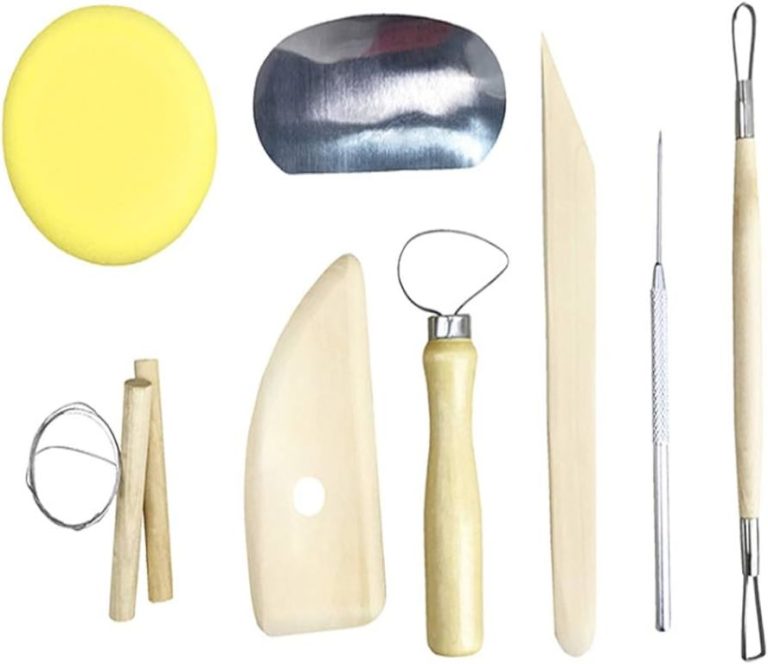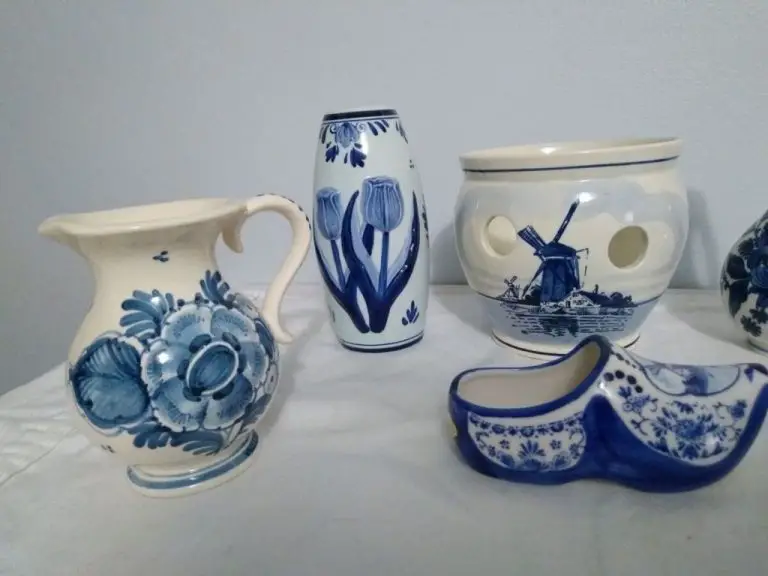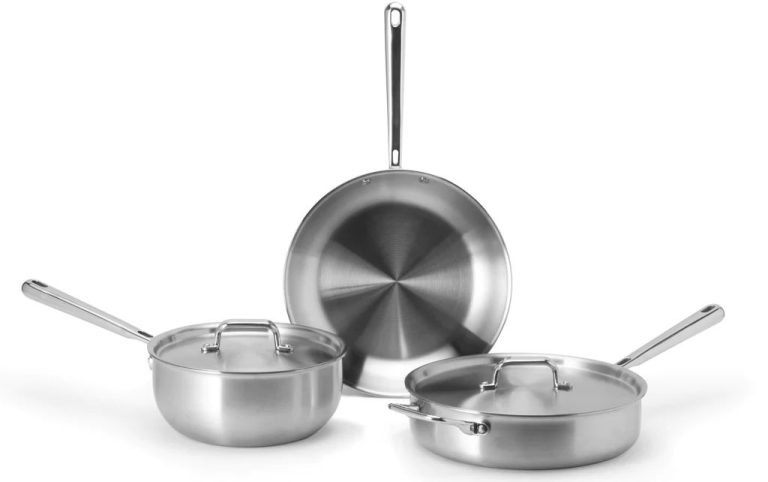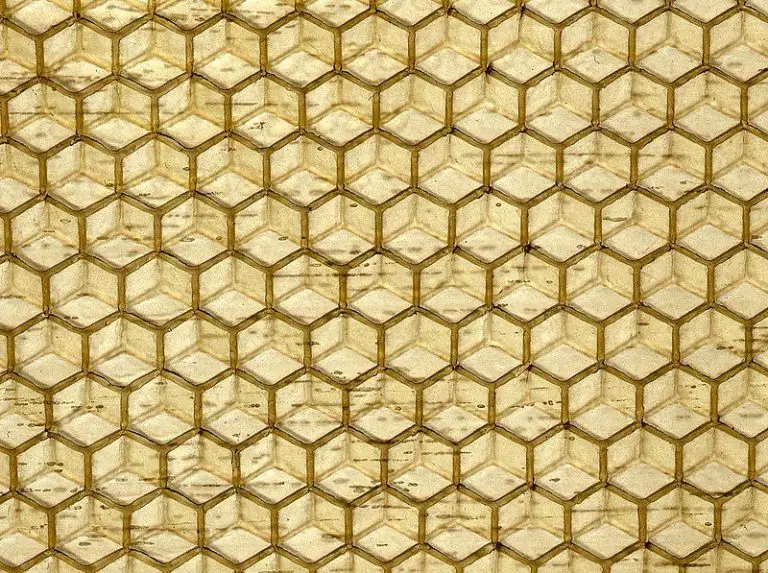Can You Eat Indian Healing Clay?
What is Indian healing clay?
Indian healing clay, also known as bentonite clay, is a type of clay that is derived from volcanic ash sediments (Aztec Secret). It typically contains montmorillonite, which is part of the smectite group of clays (Incidecoder). Indian healing clay is known for its ability to absorb toxins and impurities from the skin. It is commonly used in skincare and cosmetic products as well as for internal detoxification.
Indian healing clay comes in powder form and is mixed with water to form a paste for topical application. The main active ingredient in Indian healing clay is calcium bentonite, a clay mineral formed from weathered volcanic ash (Incidecoder). When mixed with water, the clay develops a negative electromagnetic charge, which proponents claim allows it to bind to toxins and remove them from the skin or body.
Potential benefits of eating Indian healing clay
Some potential benefits of consuming Indian healing clay internally include:
Improving digestion
According to WebMD, the absorptive properties of bentonite clay may help remove toxins and impurities from the digestive tract that can cause indigestion and other issues. The clay can act as a mild laxative by helping move things through the intestines more efficiently (1).
Detoxification
Bentonite clay is thought to help remove heavy metals and toxins from the body by absorbing them. This detoxifying effect may be beneficial for overall health. However, more research is still needed on clay’s detoxification effects in humans (2).
Cleansing the colon
Due to its absorbent properties, some alternative medicine practitioners believe bentonite clay can help remove waste and toxins from the colon. This may promote colon health. However, there is limited scientific evidence to support this benefit (1).
Possible risks and side effects
While Indian healing clay is generally considered safe for consumption when used appropriately, there are some potential side effects and risks to be aware of:
Constipation – Eating too much clay can lead to constipation, as the clay can harden the stool and make it more difficult to pass. This is because clay absorbs water in the digestive tract and can cause the stool to become dry and compacted [1].
Bowel obstruction – In more severe cases, significant constipation from eating clay could potentially lead to an intestinal blockage or bowel obstruction. This occurs when a mass of dry, hardened clay gets stuck in the intestines and prevents the passage of food and stool [2].
Mineral toxicity – Some types of healing clay may contain heavy metals like lead, arsenic, or aluminum. Consuming high amounts of clay over time could potentially lead to a toxic buildup of these metals in the body. However, lab-tested, food-grade clays are purified to remove heavy metals [3].
Recommended Dosages
When taking Indian healing clay internally, it’s important to start with a low dose and work your way up slowly. According to Radha Beauty, the recommended starting dose is 1/2 teaspoon mixed into a glass of water once per day.
The maximum suggested daily dose is 1-2 tablespoons. Consuming more than this is not recommended, as it may lead to side effects like constipation. It’s best to begin with 1/2 tsp and only increase the amount if you don’t experience any negative effects.
In terms of frequency, Indian healing clay should not be taken more than once per day. It’s best to wait at least 12 hours between doses to allow it to move through your digestive system. Taking doses too close together can lead to intestinal blockages. Start with once per day and monitor your body’s response.
How to Take Indian Healing Clay Internally
Indian healing clay like calcium bentonite clay is generally safe to ingest when taken correctly. Here is how to take Indian healing clay internally:
Mix the clay powder with water to make a liquid drink. Start with 1 teaspoon of powder and mix it into 8-12 oz of water. Let it sit for 5-10 minutes to allow the clay to hydrate before drinking. Use filtered or spring water for best results.
You can add other ingredients like apple cider vinegar, lemon juice, or herbs to the clay drink for additional benefits. Apple cider vinegar helps balance pH levels while lemon adds vitamin C.
Drink the clay mixture on an empty stomach in the morning or before bed. Consuming it this way allows your body to fully absorb the clay without interference from other foods. Drink plenty of water after taking the healing clay to stay hydrated.
Start slowly with 1 teaspoon daily and gradually work up to 1-2 tablespoons max per day. Pay attention to your body and decrease the amount if you experience constipation or diarrhea.
Interactions with medications
Bentonite clay may interact with certain medications, especially medications that are positively charged. The clay can bind to these medications in the gut, preventing their full absorption into the bloodstream (https://supplements.selfdecode.com/blog/what-is-bentonite-clay/).
Some medications that should not be taken at the same time as bentonite clay include:
- Lithium – Used to treat bipolar disorder
- Digoxin – Used for heart conditions
- Warfarin – A blood thinner
- Tetracycline antibiotics
- Quinolone antibiotics like ciprofloxacin
Pregnant and nursing women should exercise caution with bentonite clay due to the lack of safety data. High doses may pose risks of nutritional deficits and birth defects. It’s recommended to consult a doctor before using clay supplements during pregnancy or breastfeeding.
Comparison to Other Healing Clays
There are several other types of healing clay commonly used for health purposes besides Indian healing clay:
Bentonite Clay
Bentonite clay is formed from aged volcanic ash and has a strong negative electromagnetic charge. It’s known for its ability to absorb toxins, oils, and impurities from the skin. Bentonite can also be taken internally in small amounts to help remove toxins and heavy metals from the digestive tract. However, it should not be consumed frequently or in large quantities due to potential side effects (Wikipedia).
Red Clay
Red clay, also called rhassoul clay, comes from Morocco. It has a more balanced pH than other clays and is gentle enough for daily use on all skin types. Red clay is prized for its ability to cleanse, exfoliate, and nurture the skin. It does not have as strong detoxifying action as bentonite but can still absorb impurities (Mountain Rose Herbs).
Rhassoul Clay
Rhassoul clay is another type of Moroccan lava clay. It contains a high concentration of minerals like silica, magnesium, and iron. Rhassoul has superior absorption properties compared to other clays and is suitable for cleansing hair, skin, and teeth. However, it does not offer the same detoxification effects as bentonite (Our Gabled Home).
Pros and Cons of Eating Clay
Eating clay may provide some potential health benefits, but it also comes with risks and side effects to be aware of.
Some of the possible benefits of consuming edible clay include:
- Relieving nausea and diarrhea – Clay can help bind to toxins and absorb excess water in the gut (source)
- Detoxification – Clay may help remove heavy metals and toxins from the body (source)
- Improving digestion – The minerals in clay can help promote gut health and balance bacteria (source)
However, there are also potential risks and side effects to consider:
- Nutrient deficiencies – Long-term clay consumption may lead to low potassium and iron levels (source)
- Bowel obstructions – Clay can expand and harden in the intestines, leading to blockages (source)
- Toxicity – Some clays may contain heavy metals like lead and aluminum (source)
How to minimize side effects
If you decide to try eating Indian healing clay, there are some steps you can take to reduce potential side effects:
Drink plenty of water when consuming healing clay. Clay can be drying, so staying hydrated helps prevent constipation and gastrointestinal discomfort. Drink at least 8 glasses of water per day.
Start with a small dose, such as 1/2 teaspoon, and gradually increase over time. This allows your body to adjust and reduces risk of side effects. Take Indian healing clay once per day or a few times per week rather than multiple times daily.
Take breaks between use. Using Indian healing clay continuously for extended periods may lead to nutrient deficiencies or other imbalances. Consider taking a week off after every 2-4 weeks of use.
Talk to your doctor, especially if you have any medical conditions or take medications. They can advise if using healing clay is safe for you.
Purchase high quality, food-grade clay only. Lower quality clays may contain contaminants you don’t want to ingest.
Avoid using healing clay excessively or in place of a balanced diet. While it may have some benefits, clay should not replace healthy eating habits.
When to avoid eating clay
There are certain situations when it is not recommended to eat clay due to potential health risks. According to WebMD (https://www.webmd.com/vitamins/ai/ingredientmono-1476/clay), pregnant or breastfeeding women should avoid consuming clay, as it may contain contaminants that can be passed to the developing fetus or baby. Consuming clay may also interfere with the body’s ability to absorb vital nutrients needed during this time.
Those with digestive conditions like irritable bowel syndrome (IBS) or inflammatory bowel disease (IBD) should refrain from eating clay, advises Healthline (https://www.healthline.com/health/mental-health/eating-dirt). Clay can aggravate these conditions by causing constipation or intestinal blockages. The clay may also worsen nutrient malabsorption issues already associated with digestive disorders.
Individuals with compromised kidney function should not eat clay either, according to Medical News Today (https://www.medicalnewstoday.com/articles/eating-dirt). The kidneys filter waste from the bloodstream, and consuming clay places an additional burden on them. This can accelerate kidney damage in those with chronic kidney disease or other renal problems.
It’s best to avoid clay consumption until consulting a doctor if experiencing any of the above conditions. The potential risks likely outweigh any benefits of eating clay in these situations.






